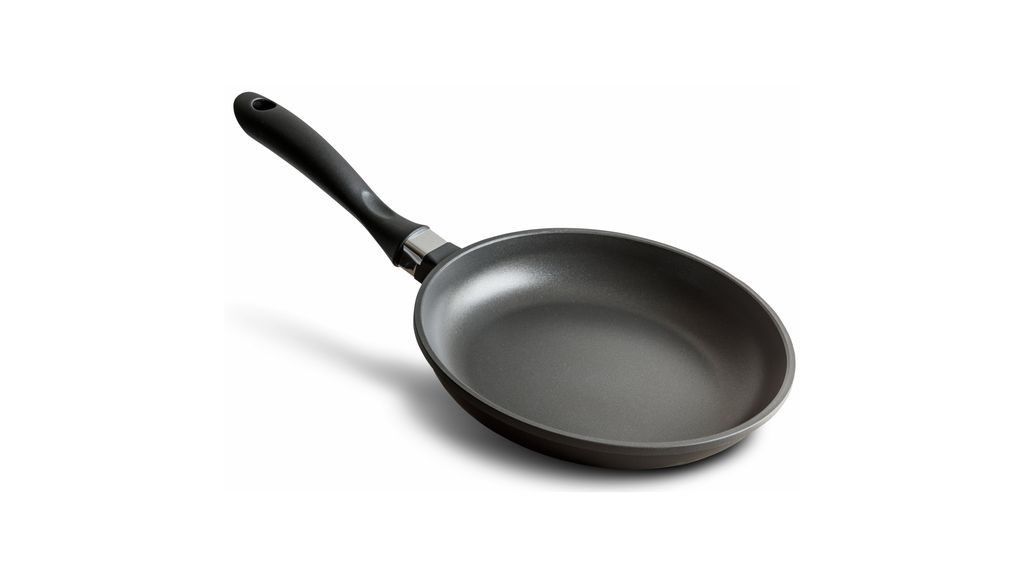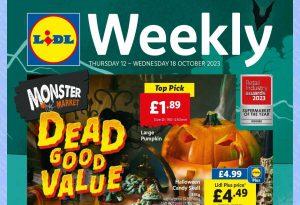Frying pan

Frying pans (or skillets) are essential to any kitchen, whether you are an avid chef or a complete kitchen novice having a decent set of frying pans is fundamental. Frying pans come in many different shape and sizes and materials!
A frying pan is a flat-bottomed pan used for frying, searing, and browning foods. They have a long handle, low sides and some come with lids. Large pans are sometimes designed with a grab handle opposite the main handle to allow for more support.
They are designed to be used on the stove top but depending on the material some can be used in the oven as well!
Types of frying pans
With so much variety it’s hard to know how to choose the best frying pan for you and your cooking needs. Here is a quick overview of the kinds of pans available.
When it comes to choosing a pan you should be aware of the difference between reactive and nonreactive materials. When reactive materials come into contact with alkaline or acidic foods the pans may become discoloured. The food itself can also take on a metallic taste and some foods can become discoloured.
- Cast iron: They are tough, naturally non-stick, they maintain heat well and are exceptionally versatile! They can also be used in the oven, provided the whole pan is made of cast iron! They are affordable and with proper care, they can last for decades! They are great at cooking steak, burgers, omelettes, vegetables, the list goes on!
The downsides to cast iron pans is that they take a long time to heat up and they are quite heavy. They are also reactive which means you can’t use them for acidic foods.
- Stainless steel: Stainless steel pans are nonreactive (meaning you can cook any kind of food in it) and exceptionally durable. They are non-corrosive, scratch resistant and they won’t tarnish. They can also be used in the oven. They can vary in price and quality, lower quality pans tend to have poor heat transfer and distribution. They are often dishwasher safe.
A fear some people have with stainless steel is that food tends to stick to it easily. To combat this simply make sure you preheat the pan before adding food and that you use an appropriate amount of cooking oil.
- Copper: Copper pans cook food very evenly and look beautiful! On the downside, they ten to be very expensive and they need to be polished. Copper is a reactive material but some copper pans are lined with stainless steel or tin.
- Aluminium: Aluminium pans are very light, affordable and they heat evenly. However, they aren’t very durable, they scratch easily and they are also highly reactive to acidic food. It’s also very soft and tends to warp in high heat and scratch easily, which leads to health concerns with long term use.
Non-stick pans
Some pans come coated with a material that prevents food from sticking. Allowing food to brown without becoming stuck. To increase the longevity of your pan you need to ensure you take care of the nonstick surface. You should only be using silicone or wooden cooking utensils
Similar cookware items: Saute pan, Grill pan, Wok




